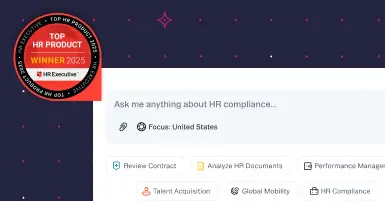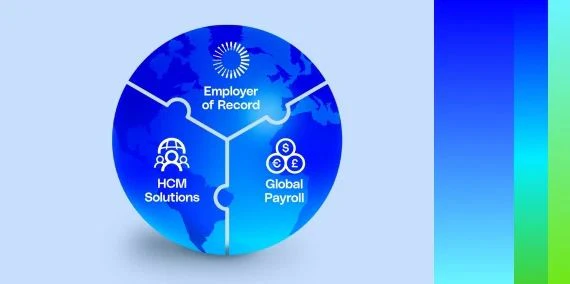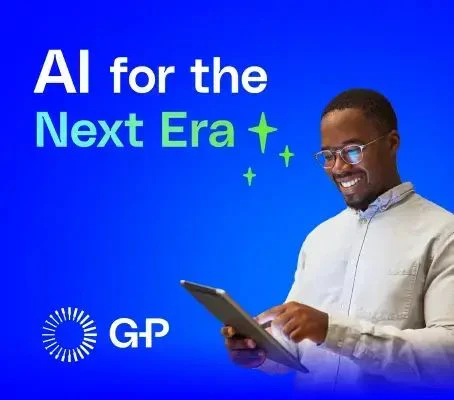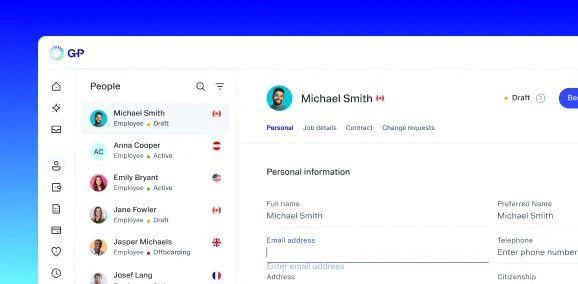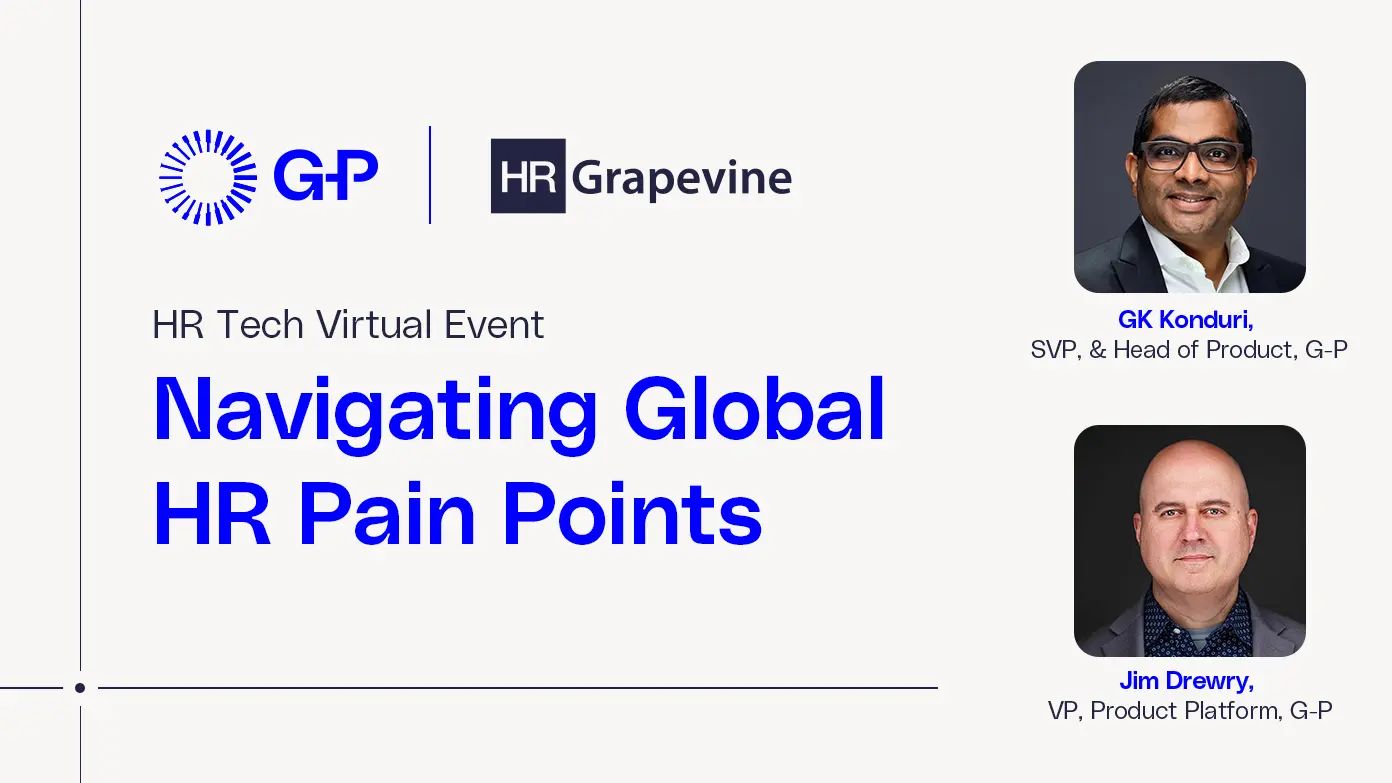The workplace is always evolving. Constant change calls for agility, but 64% of executives are worried their company isn't ready for today's ever-shifting landscape. Leaders face geopolitical, economic and technological disruption on all fronts. These challenges can feel overwhelming, but as the old saying goes: Knowledge is power. And staying ahead of emerging trends gives you the foresight to tackle them head-on.
The 2025 World at Work report offers a detailed look at the future of work trends shaping global employment. Check out a few key findings below or read the full report here.
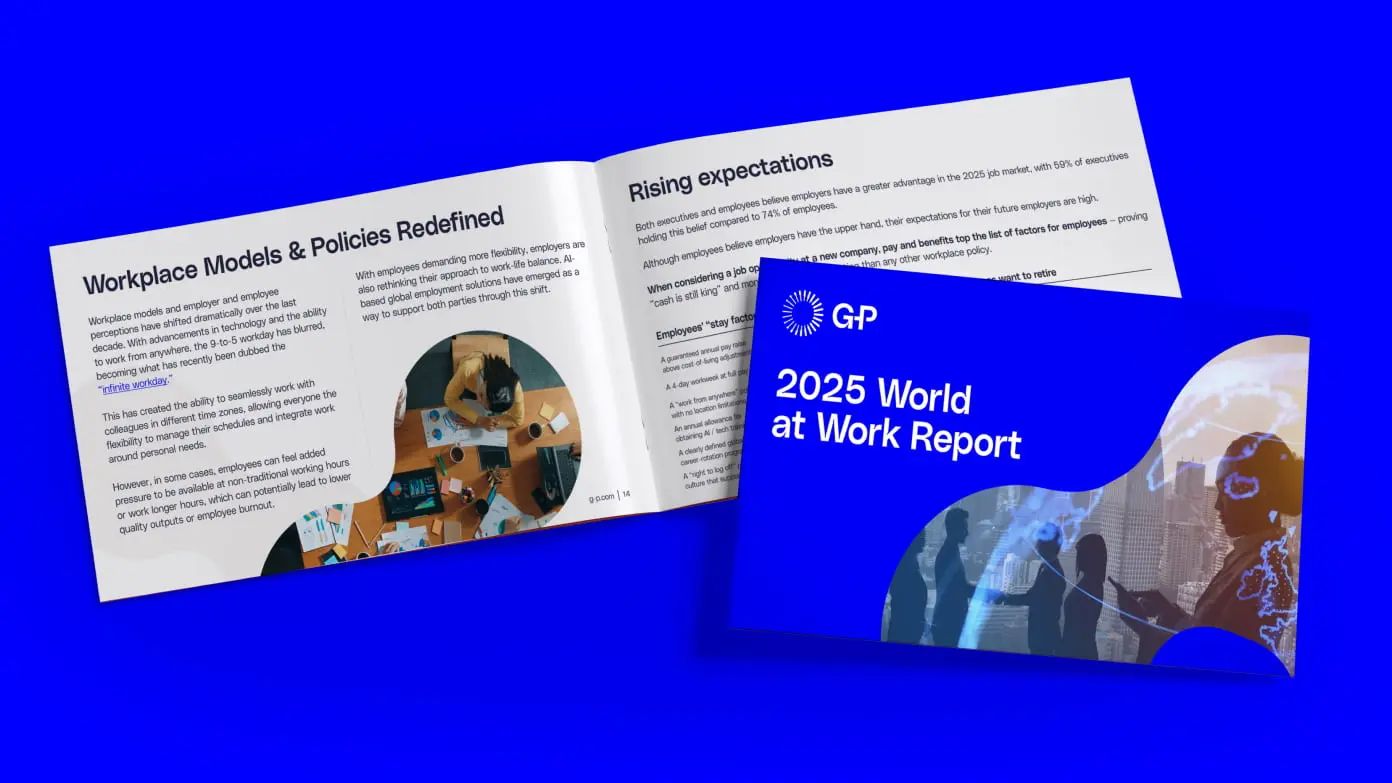
Future of work trends 2025: how does the global economy impact jobs?
The global economy is impacting jobs. While some economies like the EU are fairly stable, major economies like the U.S. and China are slowing down. This means tougher times for businesses: lower profits and less customer spending. It forces companies to rethink budgets and hiring. So where does this leave employers?
Despite concerns about the macroeconomic climate, two-thirds (67%) of executives are still prioritizing growth over the next year (an increase of 7% from 2024).
The push for growth, even in the face of economic headwinds, highlights a crucial strategy: global expansion. Economies grow at different rates, even during downturns, and a global presence helps companies mitigate risks from regional economic changes. Whether the goal is talent acquisition, mergers and acquisitions, or expansion, global hiring can be a solution to help you grow.
That's where an employer of record (EOR) like G-P™ becomes invaluable. Companies of all sizes can expand into new markets and manage global teams with full compliance. Partnering with an EOR gives you the agility you need to navigate economic shifts and maintain momentum.
Learn more about the pathways to global hiring, the common pain points and how AI-powered EOR solutions can take your business to the next level.
Job security trends 2025: Employees are concerned about losing their jobs
Economic anxiety affects employees’ job security too. G-P’s research found that 65% of global employees have concerns about job loss in 2025. That number jumps to 70% in the U.S. and 85% in Singapore.
In the U.S., job insecurity may be magnified by at-will employment policies, which allows for termination without cause. In contrast, most European countries require just cause, advance notice and severance, giving workers more protections. Add in America's weaker social safety net and the fear of losing health insurance, and it’s no surprise U.S.-based employees are feeling the stress more acutely.
Escalating job uncertainty is changing employee expectations around work. In 2025, employees want stability, beyond just a paycheck. Nearly half of employees (46%) believe a global company offers greater security, seeing them as more resilient to local downturns. Other benefits of working for a global company include:
-
Career growth
-
Diversity of thought
-
Cross-cultural teamwork
-
Relocation opportunities
While a global presence is a draw for talent, HR leaders have to consider the entire employee lifecycle. Navigating offboarding for employees in different countries is complex because employment laws, termination procedures, and employee rights differ from one jurisdiction to another.
Properly handling offboarding reduces the risk of wrongful termination claims. G-P Gia™, our AI-powered global HR agent, can confirm the legal requirements for offboarding in different countries, outline best practices for exit interviews, and even generate compliant termination letters.
Talent acquisition trends 2025: Overcoming talent shortages with flexibility
84% of executives say it’s difficult to find skilled talent in their existing markets. So businesses need to be flexible in 2025 and beyond.
An EOR gives you the flexibility to expand or scale back as needed while handling all the tricky parts of global employment, like payroll, benefits, and legal paperwork. With G-P, location isn’t a barrier. You can hire talent you need, regardless of where candidates reside.
Global workforce trends 2025: The traditional 9-to-5 workday is gone
How are workplace models changing global workforce trends in 2025? Technology has ushered in an infinite workday, where work extends beyond traditional hours. Whether it’s logging on late (or early) to sync with coworkers in other time zones or never being fully offline because work is only a click away, over one-third (38%) of employees say they choose to stay connected after hours.
Today’s employees are looking for employers who respect balance. They prioritize “stay factors” that improve well-being and work-life balance, like guaranteed raises and the freedom to work from anywhere. Hybrid and remote work are now non-negotiable. Companies that don’t recognize this will struggle to attract top talent.
Global hiring can also help companies stay “always on” for their customers. For example, Boston Dynamics used G-P to hire and manage staff in Canada, the Netherlands, the UK, and Germany. Adding a local team to support their global markets helped Boston Dynamics provide better customer support, improving their chances of success in new markets. They were also able to tap into highly specialized skill sets outside of the U.S.
Challenges of global hiring and how an EOR helps
While a global presence can help you weather shifting macroeconomic dynamics, it’s not without complexities. Global employment is a moving target, where the laws and best practices change all the time and are unique to individual markets. HR teams can't be experts in every law in every country.
Here are some of the most common challenges you should consider:
-
Navigating complex employment laws: Every country has its own labor laws, regulations, and statutory requirements like minimum wage, working hours, termination rules and benefits. Noncompliance can result in fines, legal disputes or reputational damage.
-
Worker classification: Correctly classifying workers is tricky when criteria varies in each jurisdiction. Misclassification can lead to penalties and back payments.
-
Payroll and tax compliance: Setting up compliant payroll systems for each country is difficult, involving local tax withholdings, social contributions and reporting. Currency fluctuations and local banking requirements add further challenges.
-
Benefits and compensation: Mandatory and customary benefits like healthcare, pensions and paid leave vary widely. Competitive compensation packages must be tailored to local markets.
-
Cultural and language differences: Communication styles, workplace expectations and business etiquette differ across cultures. Language barriers can impact onboarding, training and daily operations.
-
Data privacy and security: Countries have strict data protection laws that affect how employee data is collected, stored and transferred.
How an EOR can help
This is where an EOR becomes a game-changer. With G-P EOR, you can onboard and manage talent in over 180 countries, without setting up a local entity. We handle everything from payroll and benefits to following local labor laws. We give you the peace of mind to hire anywhere without the stress of compliance.
Use our AI-powered EOR solutions to hire in new markets, build global teams, and streamline time-consuming admin processes. To further simplify global compliance, we created Gia. Gia is agentic AI that cuts the cost and time of compliance by up to 95% and gives you instant, expert-backed answers to your toughest compliance questions. Use Gia to draft and review contracts in minutes rather than hours.
Get the full 2025 World at Work report
The future of work is a constant state of flux. To succeed in economic uncertainty and keep up with changing employee needs, you need to be quick and flexible. The 2025 World at Work report provides a roadmap for leaders to navigate these future of work trends. Download the full report to get all the insights you need to stay ahead of the curve.


